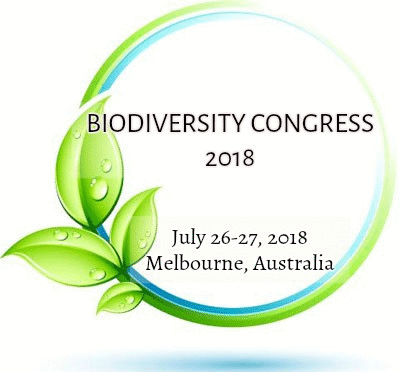
Avinash Kumar
Vinoba Bhave University, Jharkhand, India
Title: Pattern of Genetic Variation in Endangered Medicinal Himalayan Herb, Picrorhiza kurroa, assessed using DNA markers, implication for genetic enhancement and ex situ conservation
Biography
Biography: Avinash Kumar
Abstract
Picrorhiza kurroa (family Scrophulariaceae) is a well-known medicinal herb in the Ayurvedic system of medicine used for centuries to treat disorders of the liver and upper respiratory tract, jaundice, fever, dyspepsia, chronic diarrohea and scorpion sting. Commonly known as kutki, it grows in moist areas of Himalayan regions of India at elevations of 3000 - 5000 m. Due to intensive harvesting from its natural habitat, it is now classified as an endangered species. In order to meet the ever increasing demand of the species, it is essential to genetically improve the species for not only meeting obvious goals for conservation and improvement but it is important also to bring it to the status where it can be cultivated in larger areas other than the condition where it is at presently growing in wild. To obtain the desired objectives as above, the first requisite beyond doubt is to compartmentalize the nature, extent and form of variations at DNA sequence level of the germplasm, and levels of gene flow between populations, of this over exploited plant species.
In the present study, we employed RAPD, ISSR and AFLP markers to determine the nature and extent of genetic diversity of P. kurroa germplasm resources of representative 91 genotypes belonging to 10 populations, collected from different parts of the Himalayas. The RAPD, ISSR and AFLP fingerprints with 22 and 15 primers and 07 primer combinations, respectively, revealed 83.5%, 80.6%, and 72.1% polymorphism among 140, 88, and 327 genetic loci amplified from the 91 genotypes, respectively. The AMOVA analysis indicated more variation existed in differences in genotypes within population than between population within a region and between regions, respectively. The results obtained are very interesting and informative with regard to not only genetic diversity diagnostics but also from the point of view of utilization for its genetic enhancement as above.

